To mark the 150th birthday of the famous architect Charles Rennie Mackintosh, Glasgow has reopened one of his most beautiful houses. The Mackintosh at the Willow tea house.
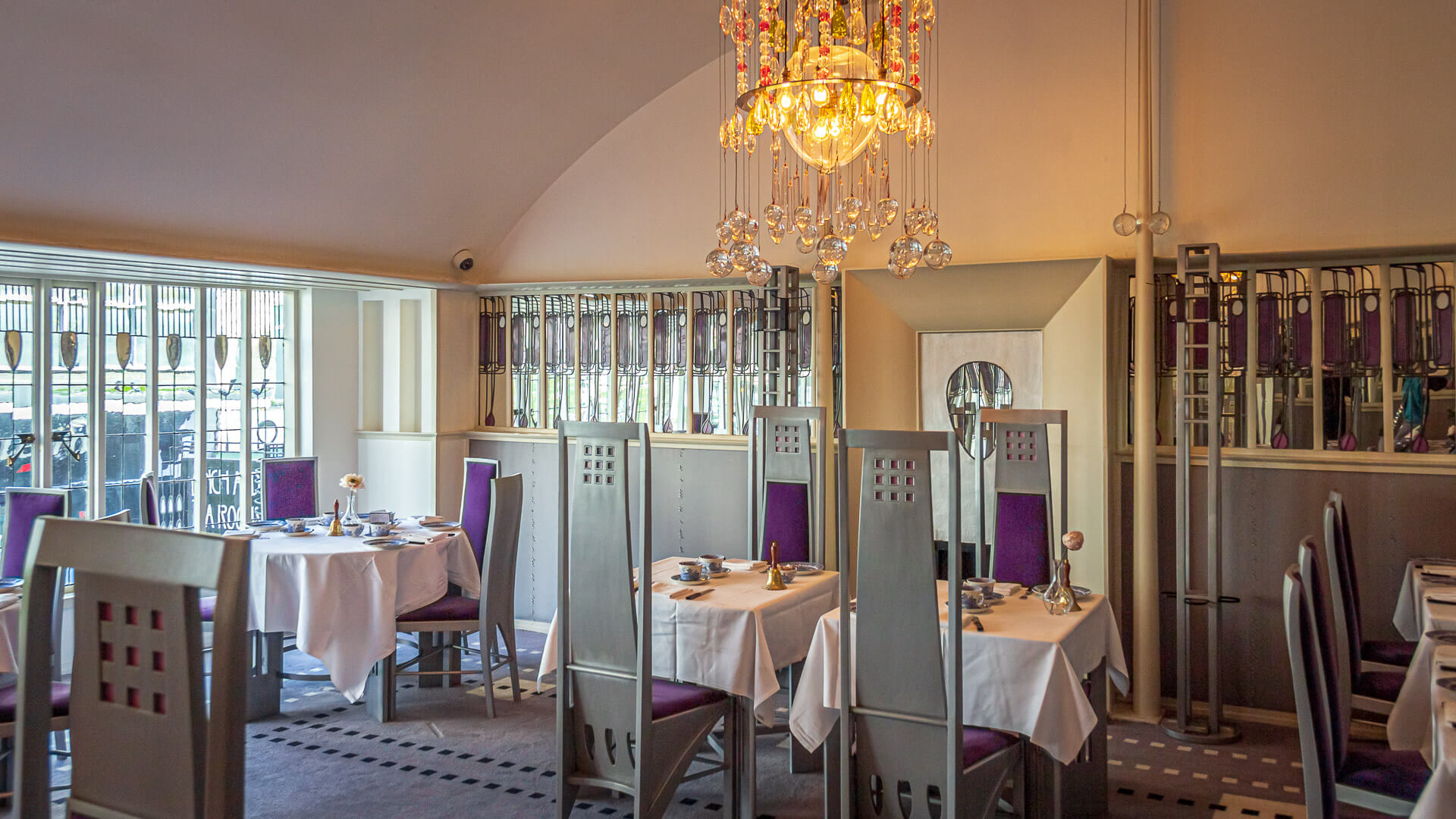
The façade doesn’t fit in at all between the new buildings and the old Victorian houses on Sauchiehall Street: soft, modern curves with angular straight lines, a large front window that curves outwards and symmetrical small decorations that run along the sides. It is the “Mackintosh by the Willow” tea house, which was designed entirely by Glasgow’s star architect Charles Rennie Mackintosh.
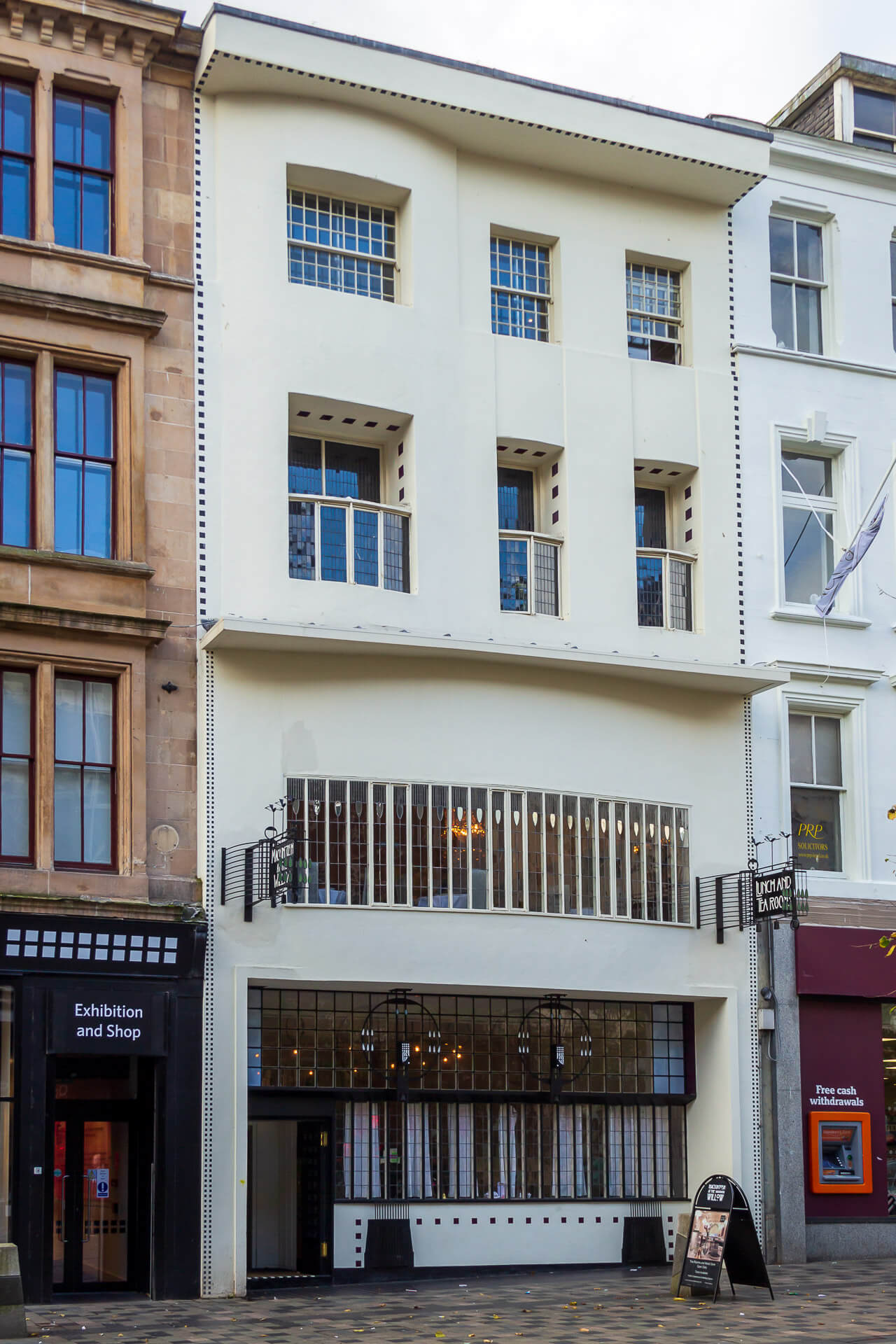
The fact that it stands here today is a minor miracle. Until recently, it was simply ruined. Changing owners let the building fall into disrepair inside and out, carried out alterations and removed furniture. They almost destroyed the work of art.
But it was restored to its former glory in time for Charles Rennie Mackintosh’s 150th birthday. And today it is open to visitors and tea drinkers. And a palace of art awaits them.
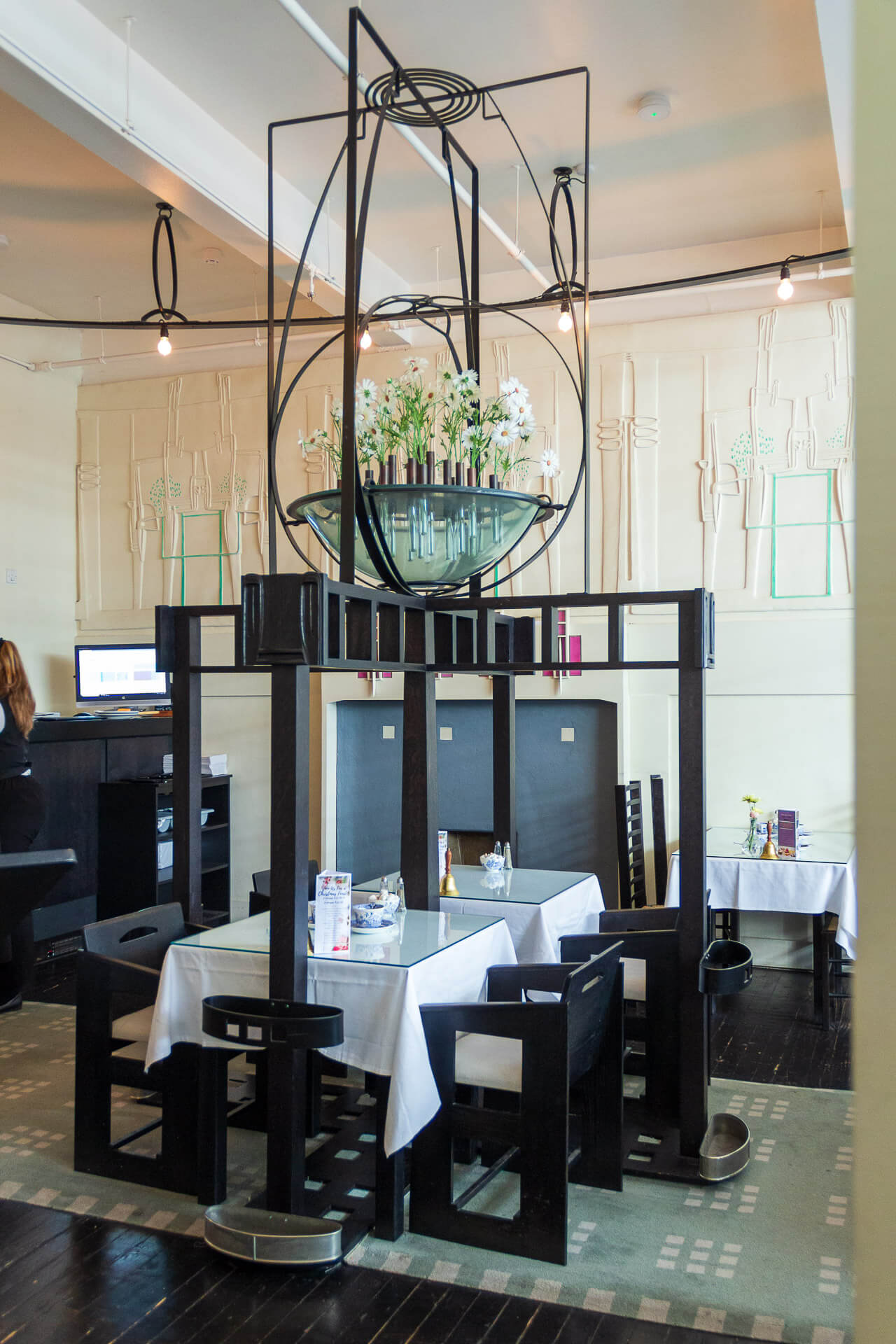
Guests can enjoy tea, coffee and cake on the ground floor. But the most beautiful room is located above and can only be experienced as part of a tour or a dinner reservation: the Salon Deluxe. Its glass chandeliers alone are impressive.
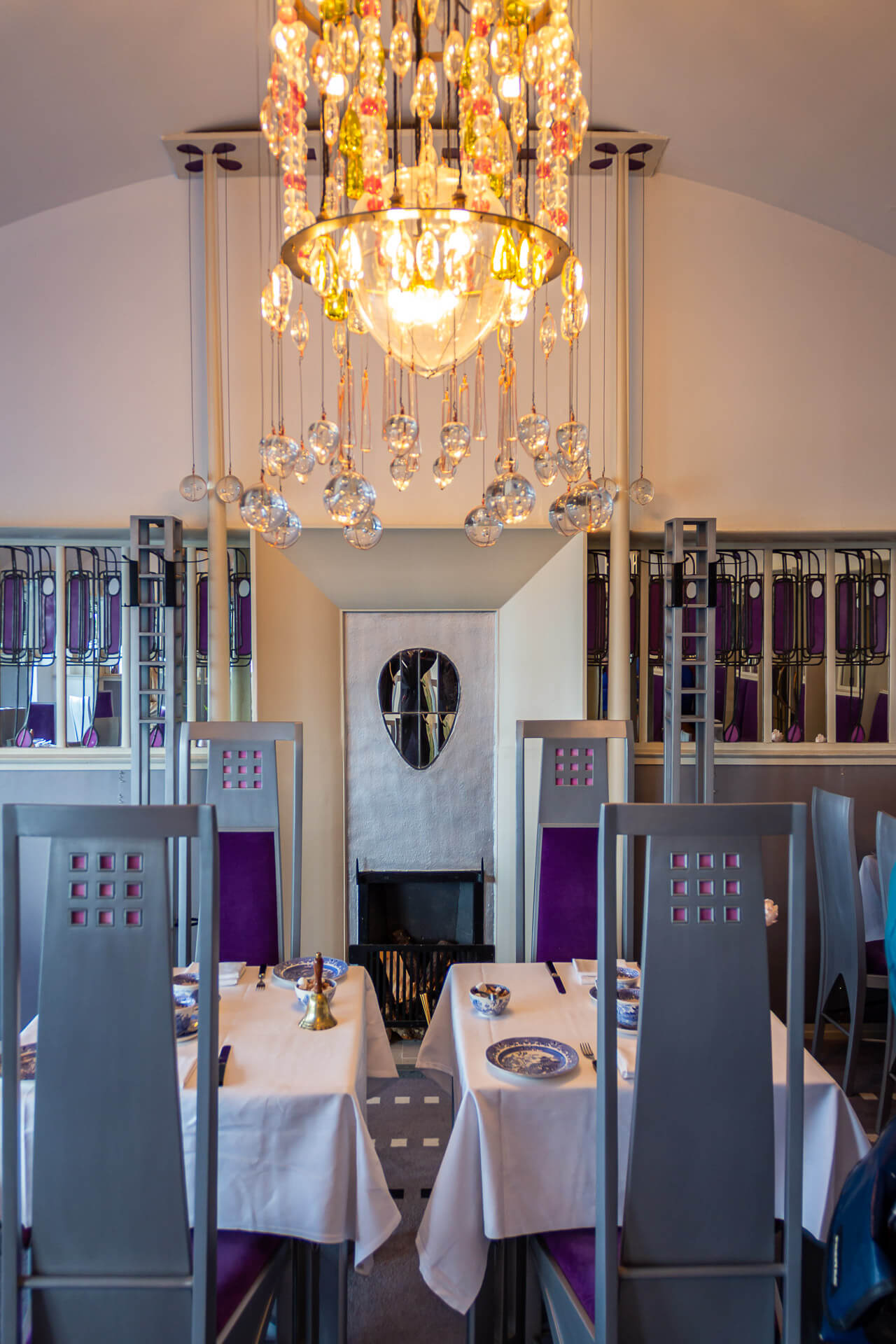
On the wall is also one of Margaret MacDonald’s famous frescoes.
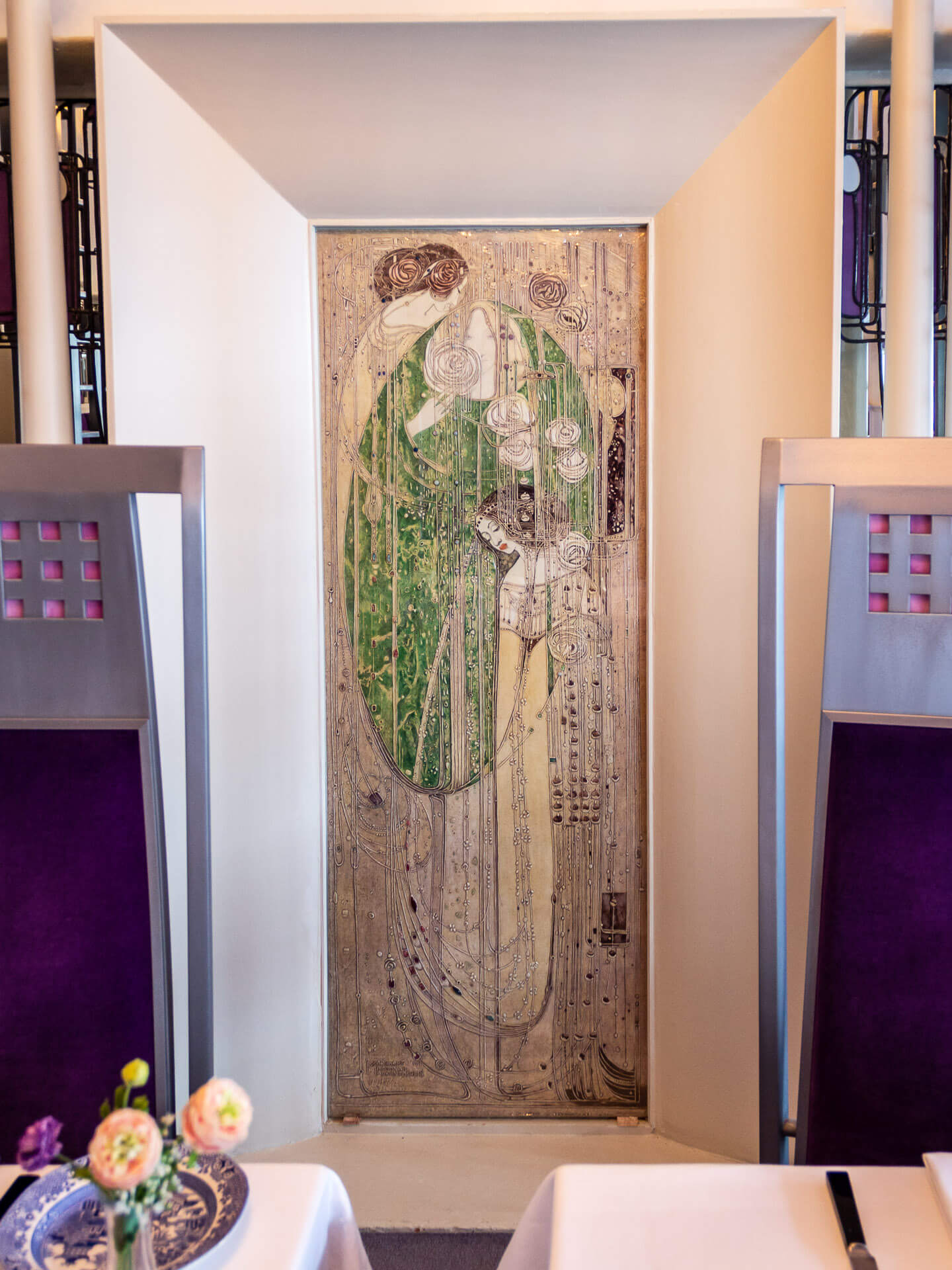
And then there is … the door! Although it has been preserved as an original, it should not be worn out by daily use. That’s why the original door has been restored and is now on display in the Visitor Centre next door – it’s worth £1.5 million. The exact replica cost a further £160,000 and is enough to amaze visitors.
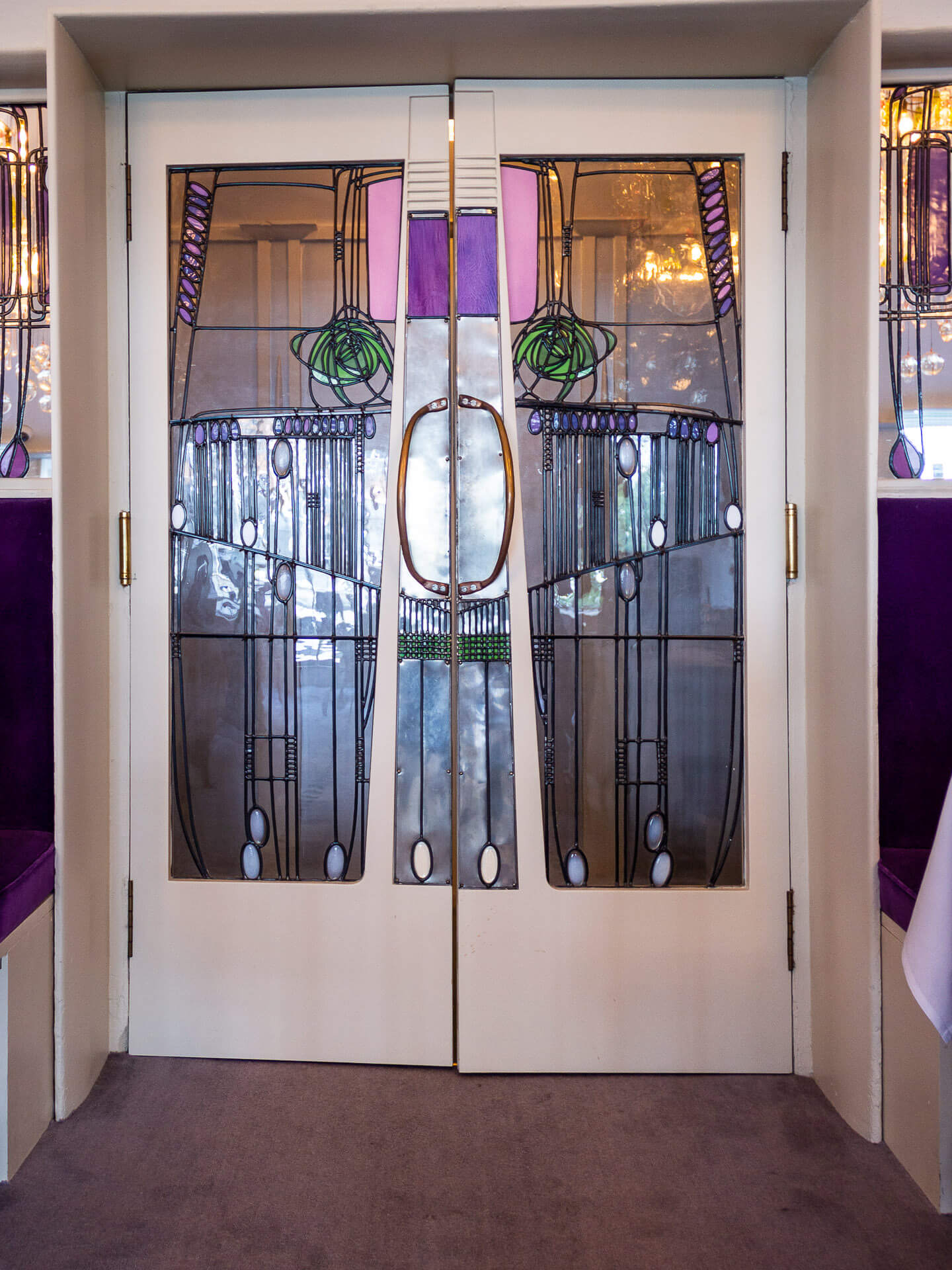
At some point, you not only admire the original artists – Mr and Mrs Mackintosh – but also the craftsmen who carried out the restoration work. They showed a passion for detail. The word “passion” is well chosen here. One example is the glass elements of the chandelier:
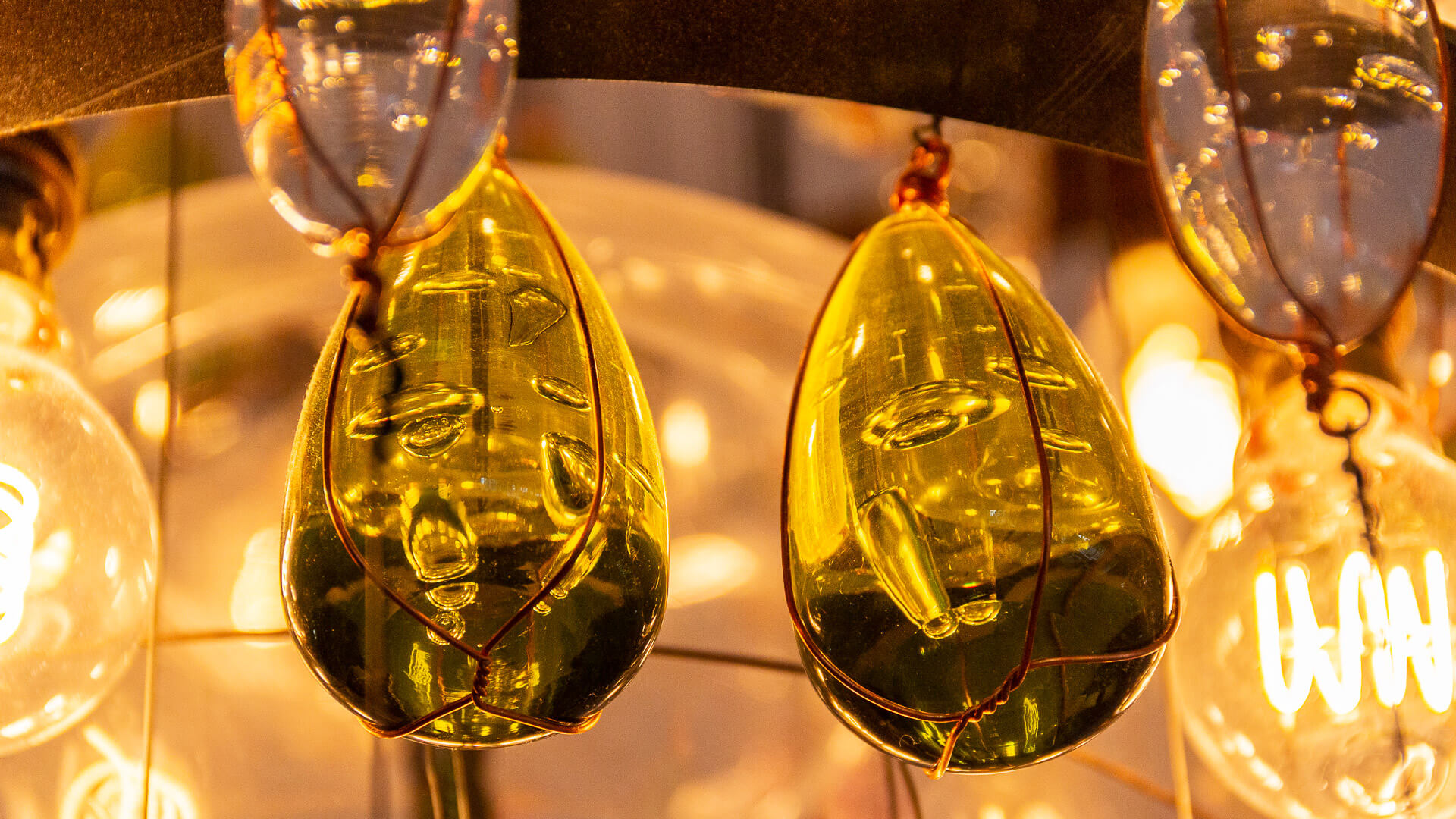
A glassblower delivered the replacement pieces and received them back by return of post. The reason: bubbles were missing, which were trapped in the glass. Such bubbles are normally something that glassblowers want to avoid at all costs. But the Mackintosh original contained them. So the glassblower had to make all the elements again – with air pockets. At least some of her breath is now in the Mackintosh at the Willow.
This attention to detail in the restoration of the Mackintosh at the Willow makes a visit to the building in Glasgow a great experience. The best way to see all the rooms is as part of a tour.
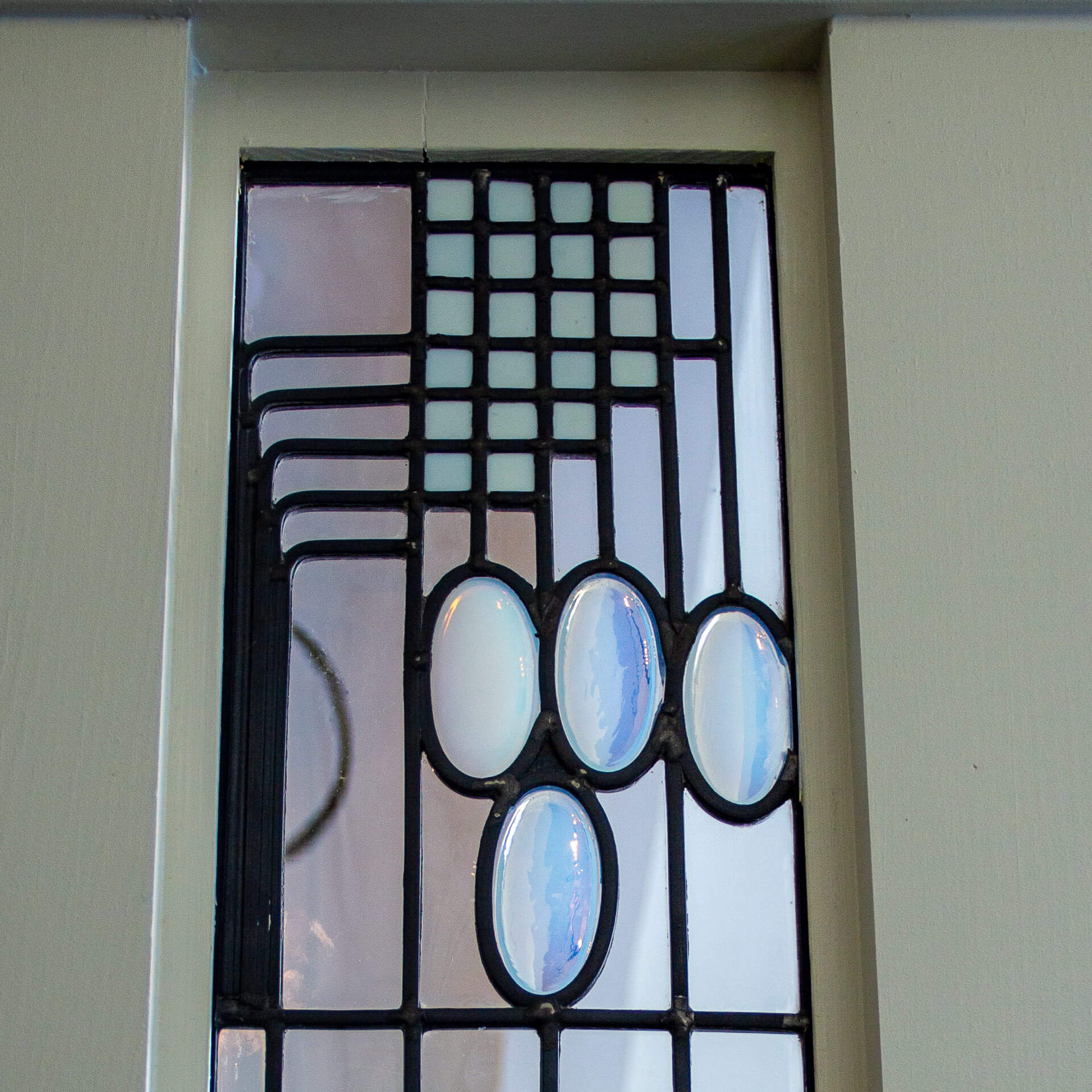
Knowledge: Mackintosh at the Willow – reconstruction and new name
The building is one of the famous tearooms established by Mrs Cranston in Glasgow at the beginning of the 20th century. As meeting places for society without alcohol. She entrusted the design to Charles Rennie Mackintosh, who in this case was allowed to design both the interior and the façade. In this respect, this tearoom was special.
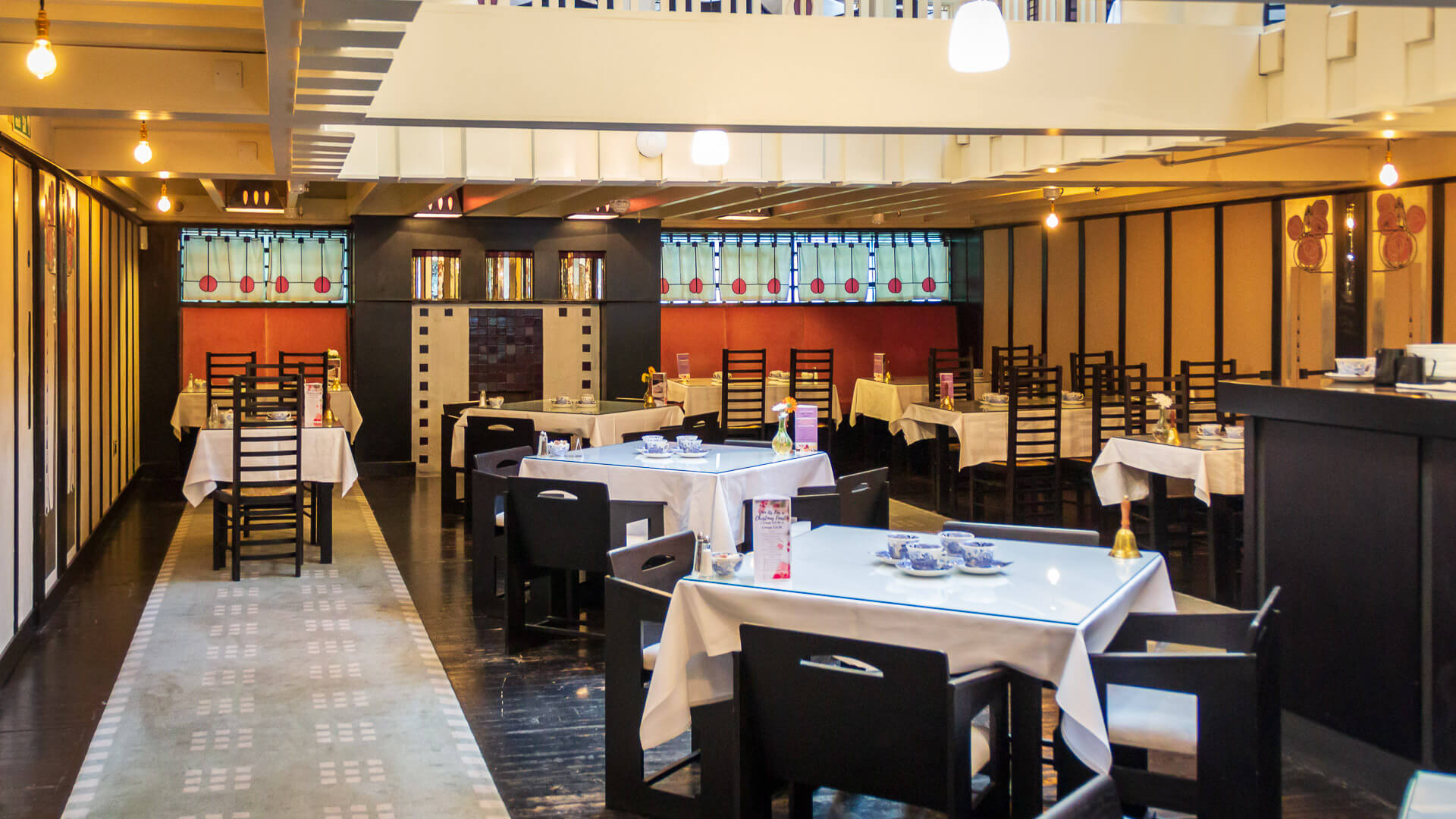
That’s why it was to be restored as faithfully as possible. Meaning: what has survived remains. Around 80 per cent. But much of it was at least impaired. And much of the furniture was no longer there. So how was the goal achieved?
The foundation went a long way here. With the chairs, for example. Copies based on original sketches were requested from various craftsmen and then assessed by a panel of experts – because despite the clear instructions, no two replica proposals were the same. Incidentally, each of these replica chairs cost £1,100.
The same applies to the crockery, which will also be available to buy – albeit only with a black glaze. (Incidentally, the only thing that was NOT designed by Charles Rennie Mackintosh)
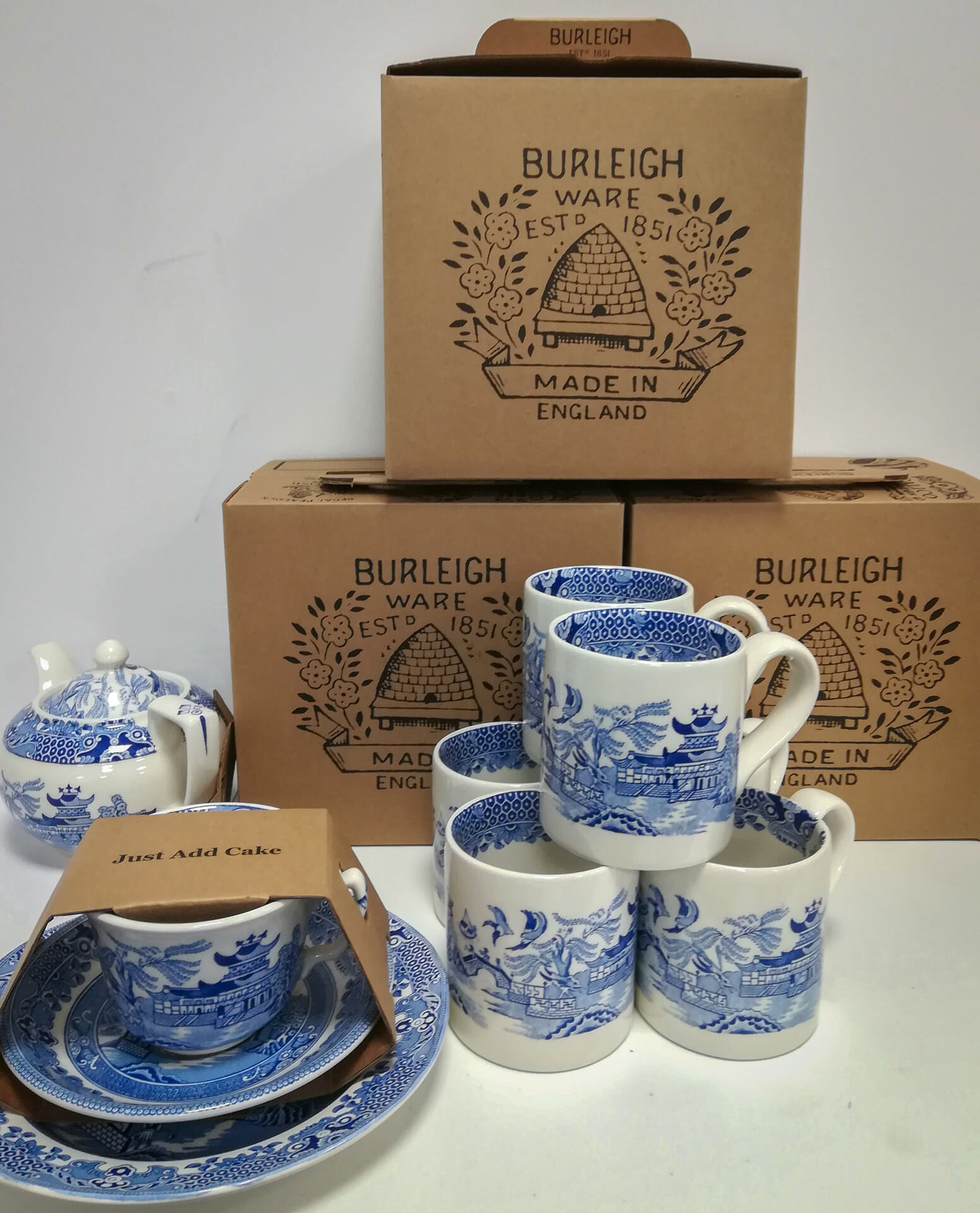
There is a particularly beautiful story surrounding the small windows on the upper floors. Each window has five drop-shaped cobalt glass inserts.
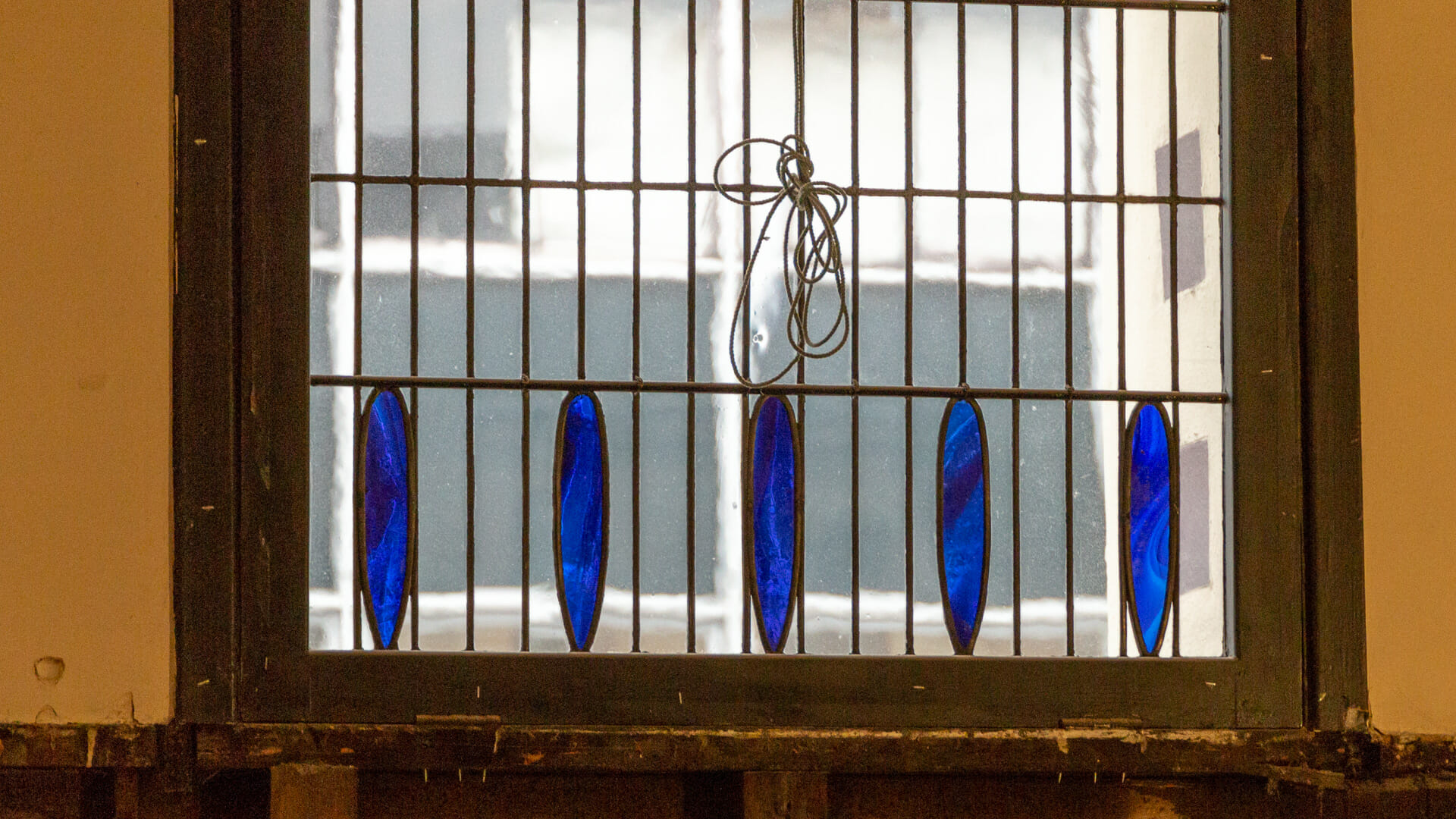
Only one drop was broken in the four windows – but where to get a copy? The Willow Tearoom Trust found out that the glass company that had made the originals still existed. Today it is run by the grandson of the former entrepreneur. And he actually discovered a replacement piece in the old studios that had been made for the tearoom back then.
The glass of the large arched window is different. Although it is only transparent, a closer look reveals a kind of pattern in it, like streaks. A German company, Glashütte Lamberts, was also commissioned to imitate these and other glass parts.
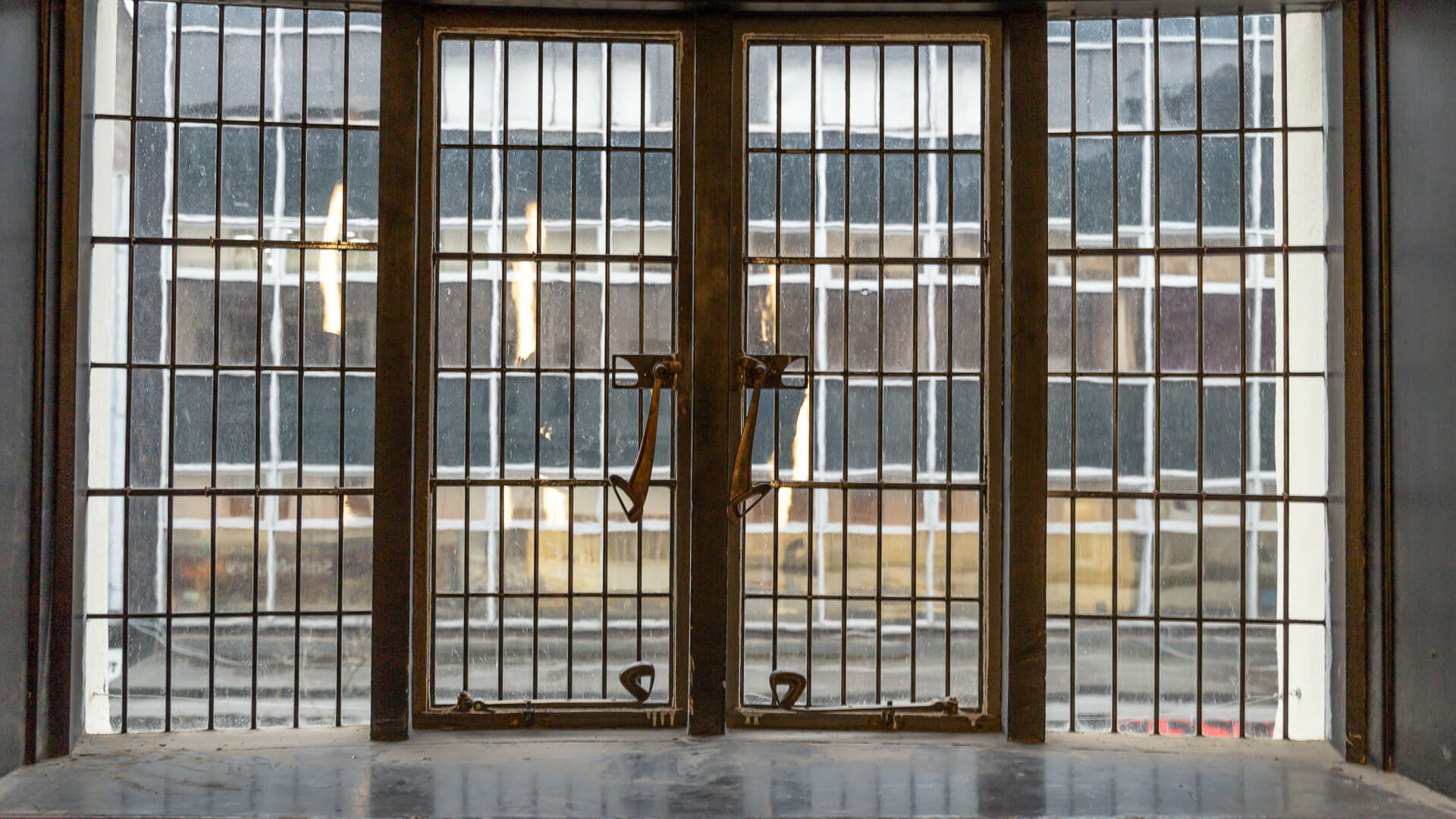
With every step you take, you realise how much passion went into the project. And how much work. Both on a large and small scale, such as the tiny squares on the stairs.
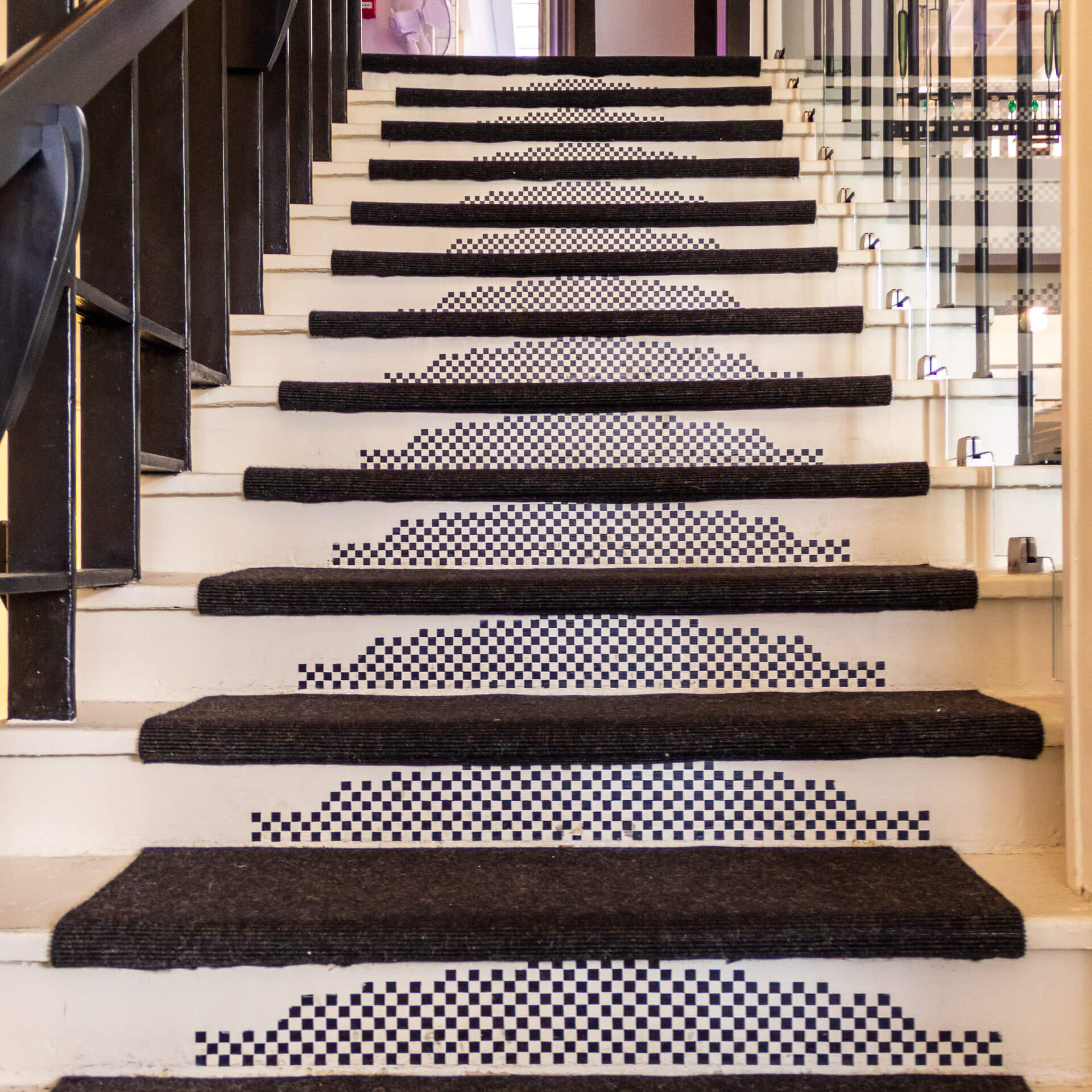
5.000 of them were traced – by hand.
A few words about the name: Willow also means “willow” in German. In the Glaswegian dialect of Scots, willow means “sauch” and “haugh” is a lowland or meadow. Sauchiehall Street is therefore the street of the Willow River floodplain.
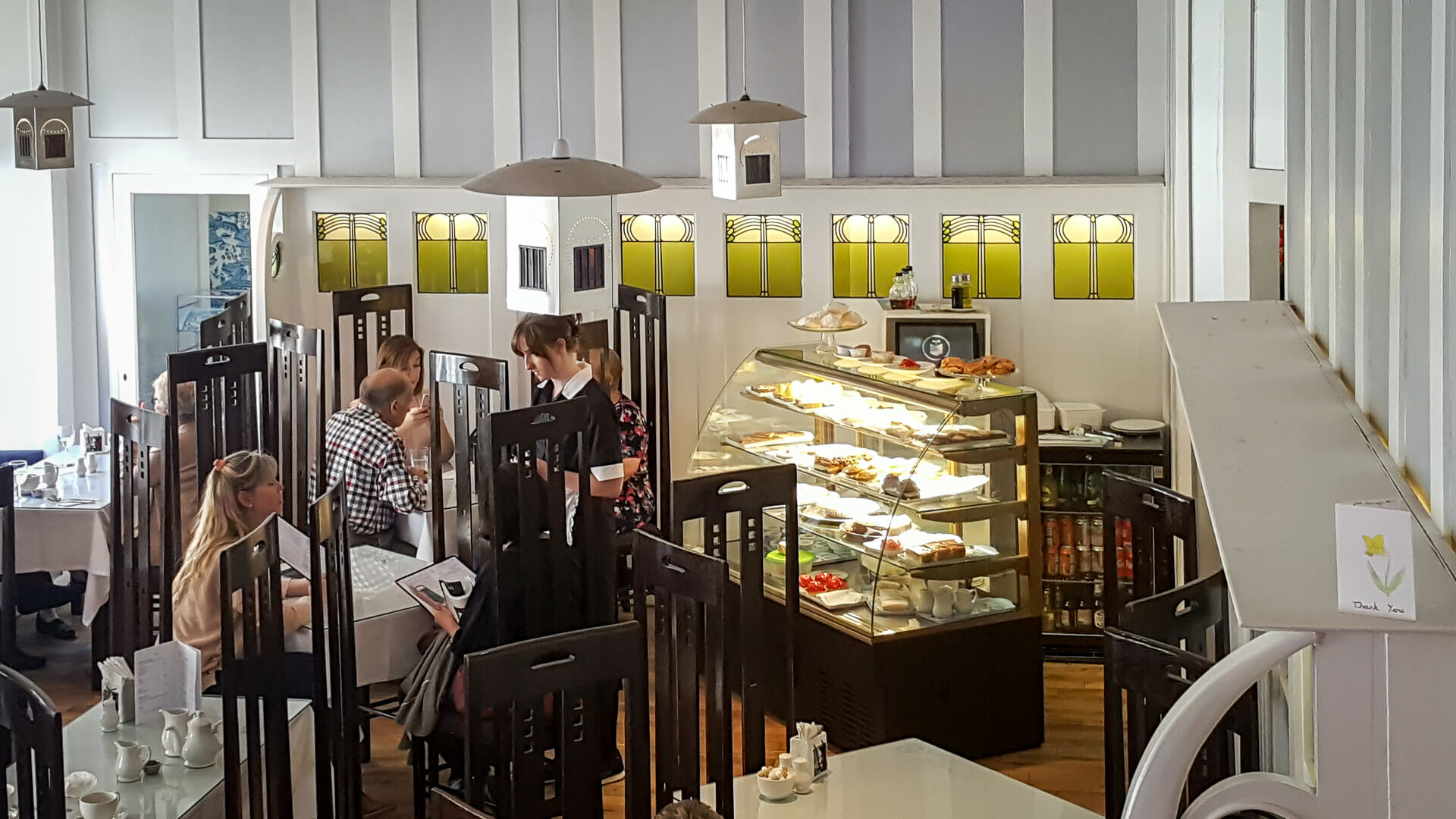
That’s why Mrs Cranston called the tea house she opened here “Willow Tearooms”. However, Anne Mulhern had already opened a teahouse in the style of Charles Rennie Mackintosh in Buchanan Street in 1983. She owns the naming rights for “The Willow Tearooms” and the real, original tearoom is therefore now called “Mackintosh at the Willow”.
Personal note: Already involved in the construction
As part of the VisitScotland Expo, I was given the honour of following a guided tour of the construction site and learning more about the background. I heard some really amazing stories. And I was curious to see how the construction site would develop. I was not disappointed!
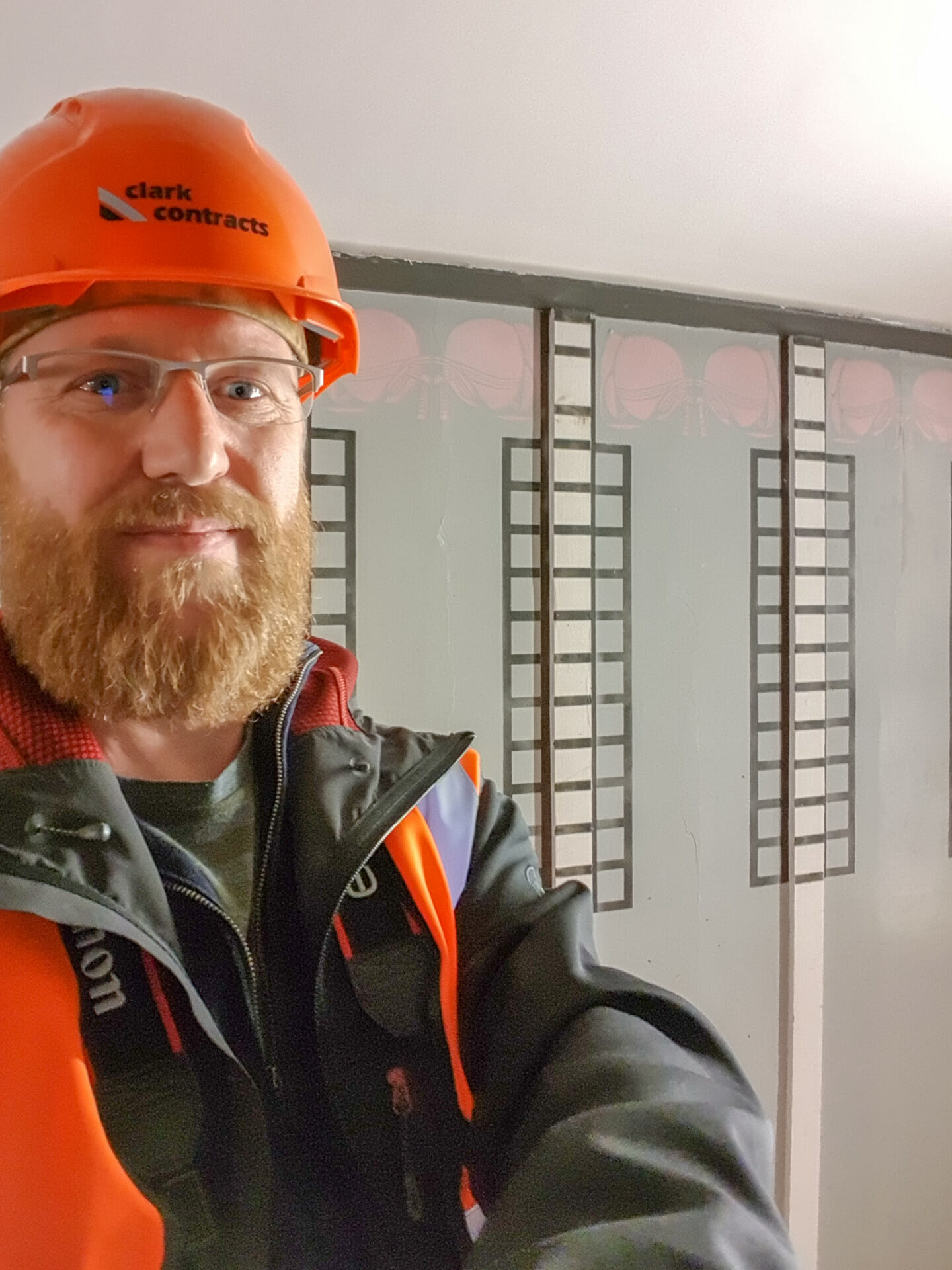
Approach:
The Mackintosh at the Willow is located at the beginning of the pedestrianised Sauchiehall Street, not far from the Buchanan Galleries. It takes about ten minutes to walk from the centre of George Square. It is difficult to get there by car.